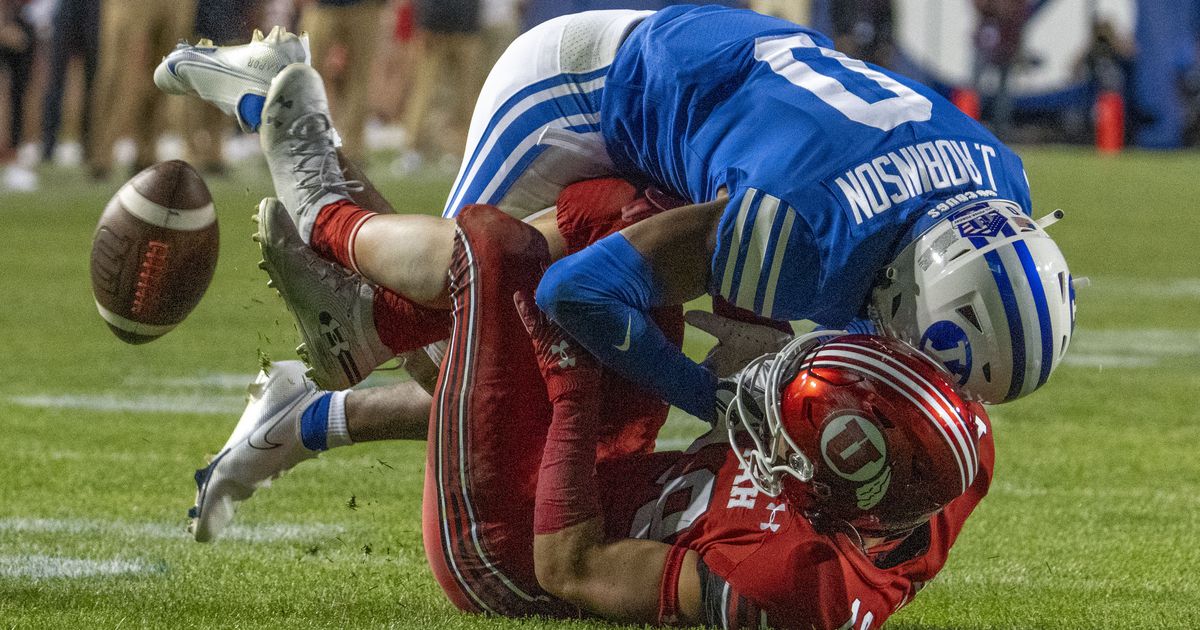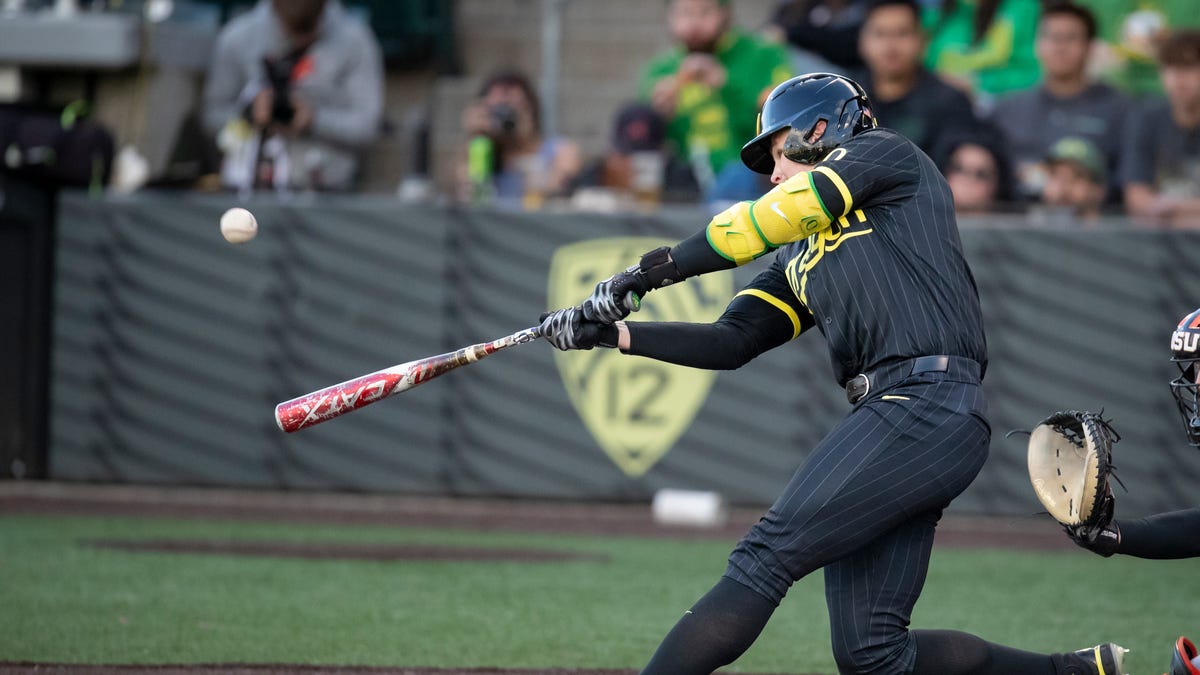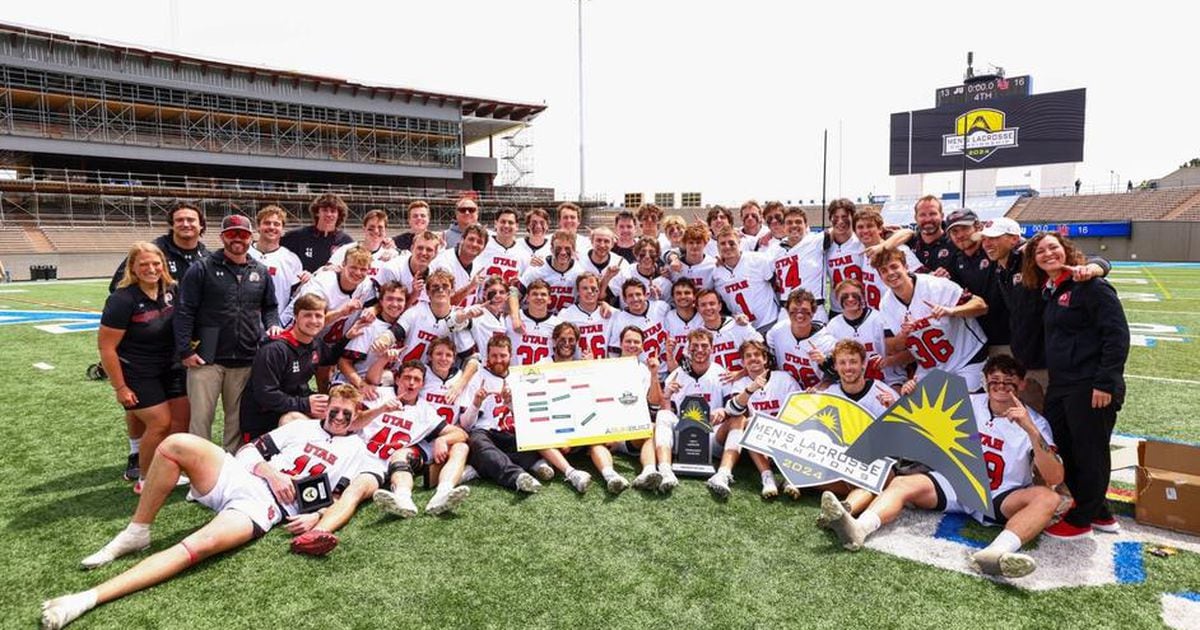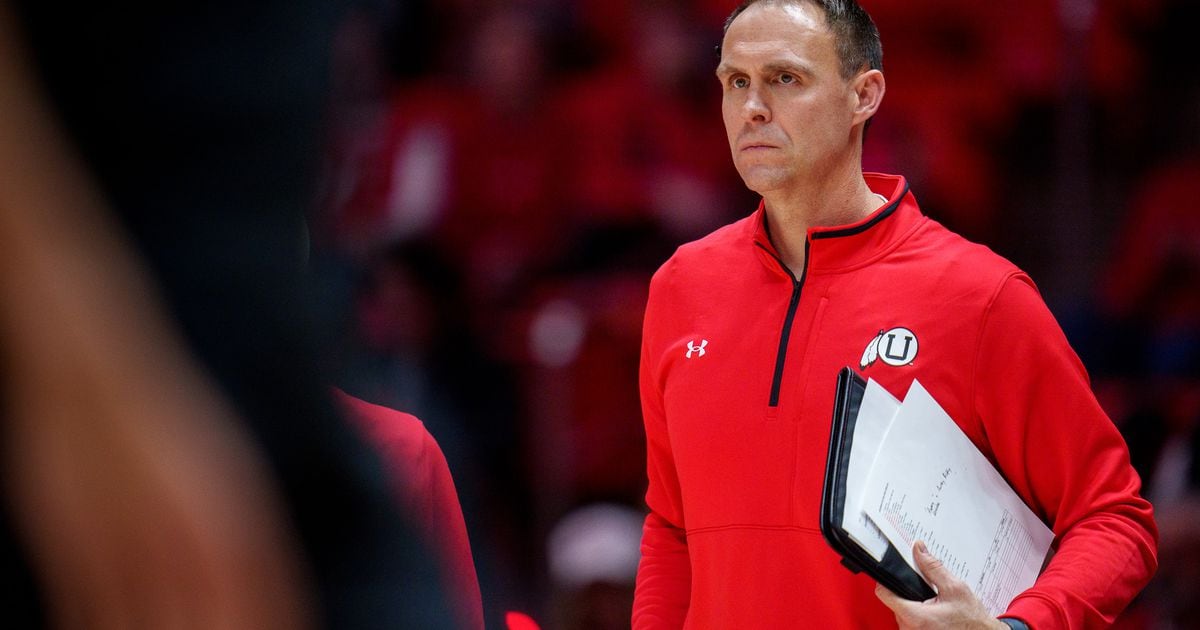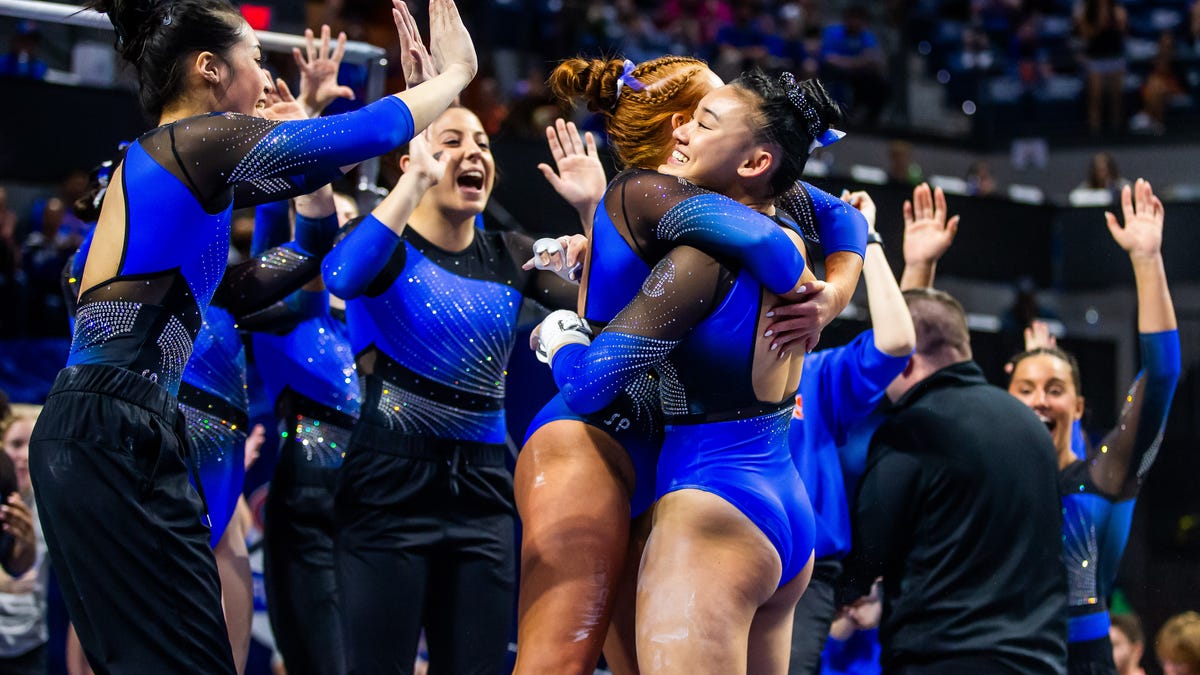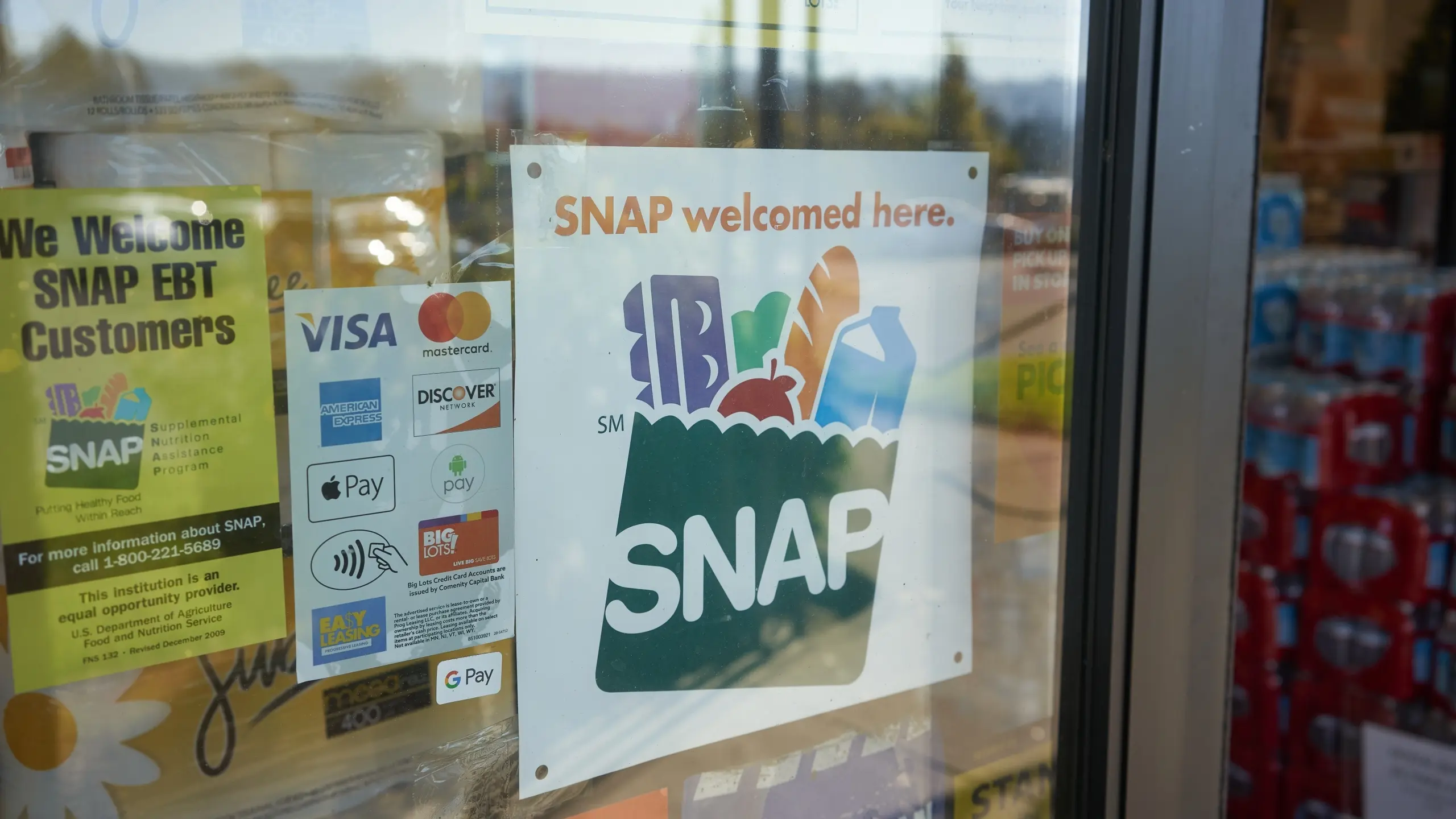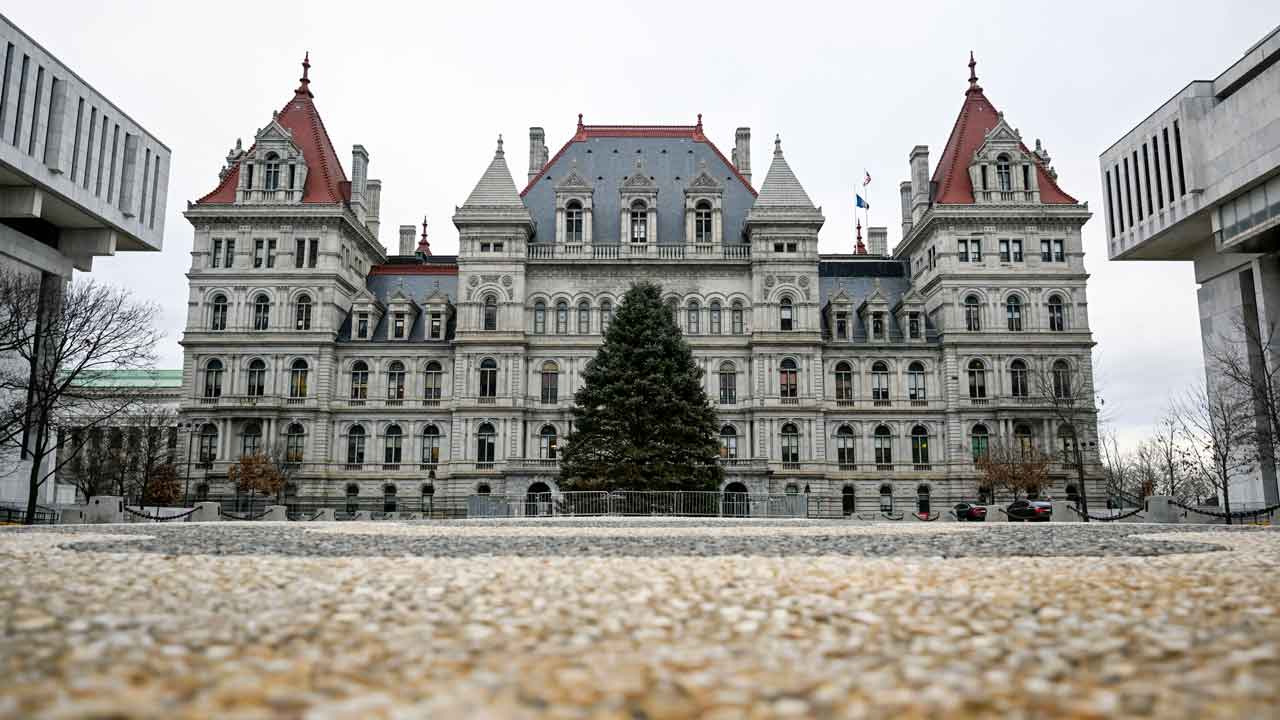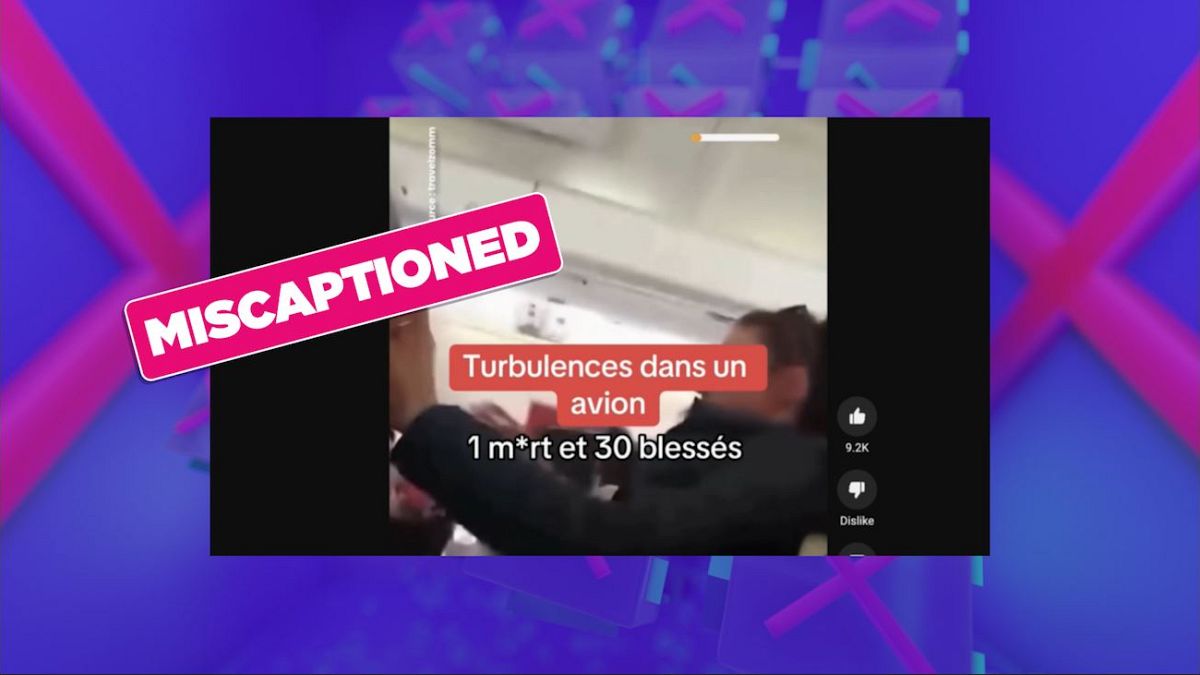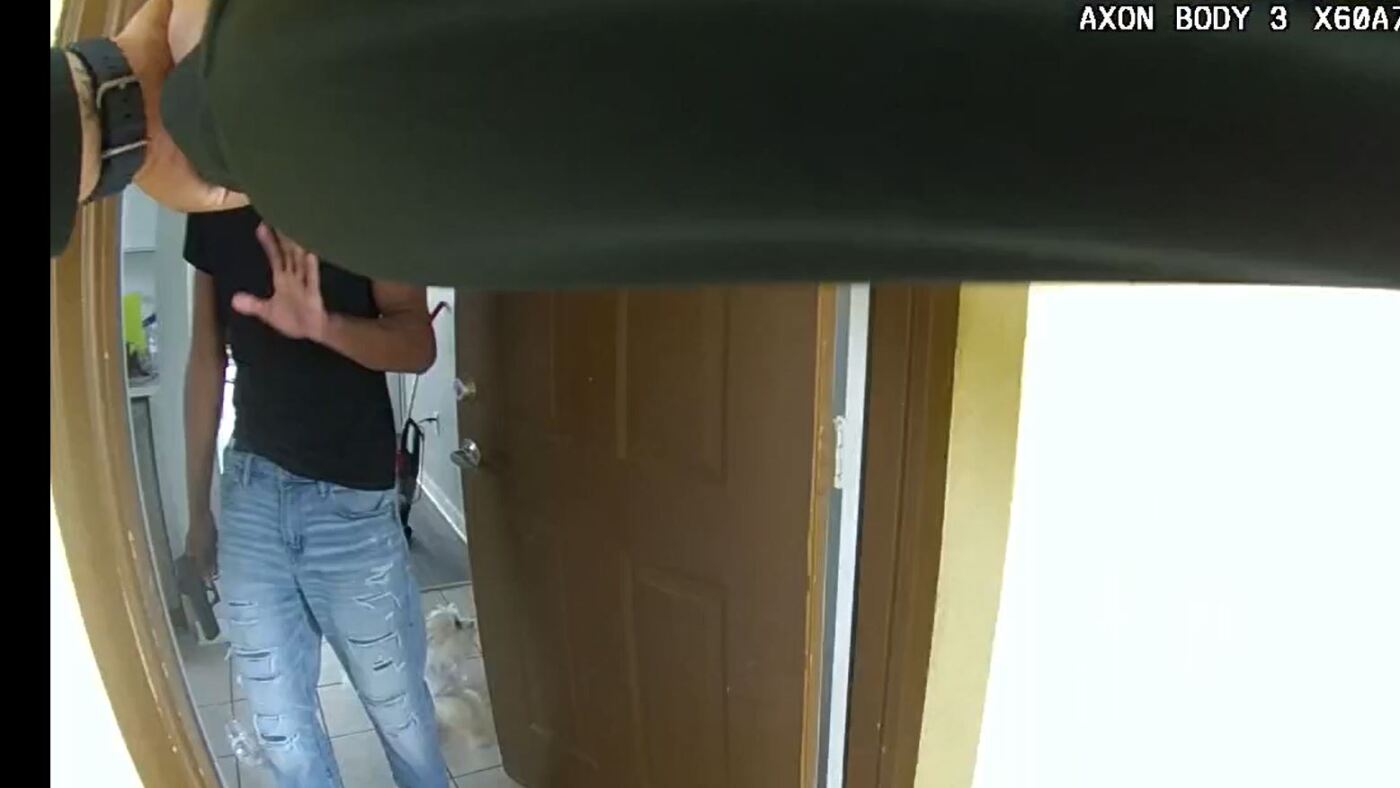Utah versus BYU.
You might have heard by now that what had just sort of been blowing in the wind, here and there, over the past decade or so is coming back with a … what? … a vengeance? … a rocket? … a purpose? … a punch to or a grin on the face?
A rivalry, the rivalry, is reborn.
After this little oh-we’ll-play-if-it’s-convenient-for-us hiatus, the Big 12 is facilitating what century-old rivals, the Utes and Cougars, couldn’t manage to achieve themselves, not without having their minds and wills forced.
Forced, they will be starting in 2024, as league-mates that will not, cannot dodge one another. And that’s exactly what had been happening since Utah got itself invited into the Pac-12 and BYU embraced the very thing that opens up a football schedule with more space than anything else possibly could — independence.
From that point on, schools sitting 50 miles apart, the same ones that started playing each other in competitive sports when horse-drawn buggies were plowing up and down roads in Salt Lake and Utah counties, found excuses not to play some seasons. Mostly, it was the Utes causing the disconnect.
They were the ones with the more valid — read: handy — excuse. There was a league schedule to handle, and important non-conference games to book, games that … let’s see, were more exciting for fans and helped generate exposure for the program on a national level and increased recruiting opportunities and the rivalry had become too nasty and other games were more emblematic of the status Utah football had reached and … and … and.
And that last one really bugged BYU folks.
It wasn’t even so much that the teams weren’t playing on occasion, it was the symbolism, the idea that Utah really was separating itself from the Cougars. The Utes were better than BYU. Anyone who wouldn’t acknowledge that wasn’t paying attention. But BYU never wanted that thrown in its mug.
What was happening right in front of Cougar fans was the story of two neighboring brothers who had labored in their respective fields for decades, working the land, plowing the dirt, planting the crop, hunting for pheasants, and such. They didn’t always get along, didn’t see the world exactly the same way, fighting sometimes, but, in many cases, they were more alike than different.
Then, one day, one brother, let’s call him … oh, I dunno … Jed, a poor mountaineer barely kept his family fed. One day he’s out shootin’ for some food, and up through the ground came a bubblin’ crude. Oil that is, black gold, Texas tea.
Well, Jed moves off to Beverly Hills and leaves his dirt-farming brother back on the side of a mountain, struggling to get by. And that brother wasn’t too happy about that, not just because he was being left behind, but because Jed forgot about him, wanted nothing to do with him, actually, indicating that he never really liked him all that much anyway.
That’s Utah-BYU.
There were times when the rivals could have found a way to play football games, but excuses got in the way. Times when Utah didn’t include BYU because they were busy facing Michigan and Florida … but those same years, they had a place for Idaho State and Fresno State and Southern Utah. He never said it publicly, but Kyle Whittingham, who played in Provo, didn’t like facing BYU, didn’t like the difficult distraction it was from his team’s main goal, a goal he learned to focus on above all else from his old Cougar coach, LaVell Edwards.
More damaging and disrespectful for BYU were two things: 1) the suspicion that Utah never lent a helping hand when BYU wanted to get into the Pac-12, even worse that it didn’t want the Cougars in, and 2) the aforementioned notion that Utah in no way needed the Cougars, not anymore. That was the ultimate trash talk. Not to mention, when the two teams did play, while the games were mostly tight, Utah almost always won, except for that last game in 2021, a result the Utes wrote off as an anomaly.
The only reason the games in all sports stayed intact was because most of the public around here — from regular people to politicians — wanted it. The scene reminded me of a childhood friend of mine who used to get in fights with his brother, and whenever they did, their parents made them sit on the floor in the hallway between their rooms, holding hands. They hated that.
That’s pretty much the same feeling, how it stayed for Utah and BYU until earlier this month, when the Utes rather abruptly found themselves without a conference, at least not one that would bring them enough money, and the association that came calling happened to be the one with BYU attached.
Utah prez Taylor Randall said the Utes looked forward to the renewed league rivalry with BYU, calling the whole thing “fun.”
So, as it’s all turned out, ol’ Jed not only has his millions, he’s also benefited from the advancement of his cause, his abilities, his results, his reputation as a football power, having won the Pac-12 the past two seasons, being highly ranked going into this season, and his brother has some millions, too, having scratched and clawed his way, at long last, into a legitimate power league, facing a new challenge in football and basketball and every other sport, eager to see what he can do, what he can grow to do.
Randall was right. This is going to be fun, the authentic rebirth of a rivalry that means more than just having the privilege of bragging over, making fun of your neighbor, your co-worker, your mom, your dad, your cousin. Now it’s a matter of brothers not holding hands, rather fighting for a trophy in the middle of a competitive hurricane. They both are shooting for some food, the same food, hoping that up through the ground will come a bubblin’ crude.
Y’all come back now, y’hear?
Editor’s note • This story is available to Salt Lake Tribune subscribers only. Thank you for supporting local journalism.

